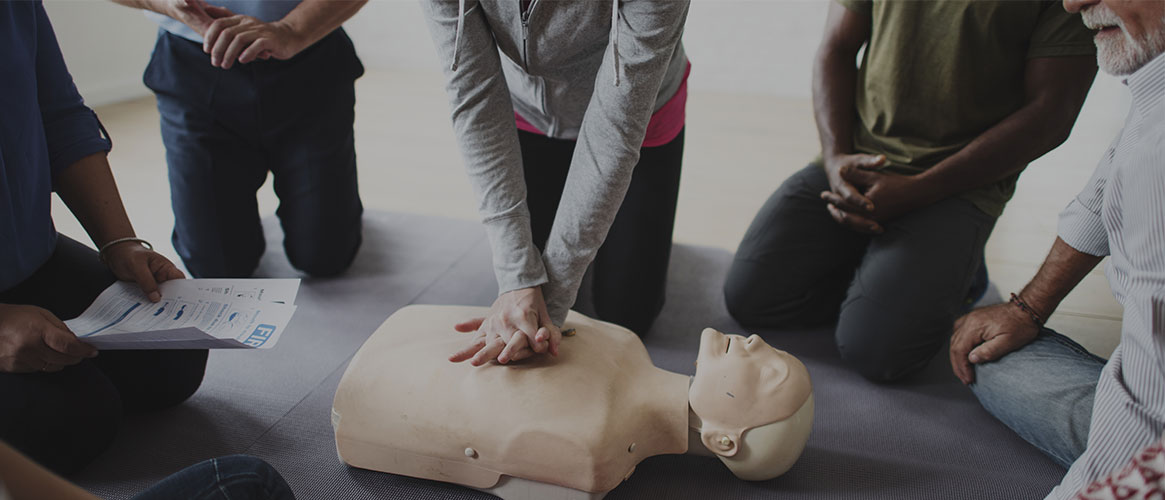Disco May Be Dead, but It Still Saves Lives! The Bee Gee’s classic disco song—Stayin’ Alive—provides the perfect beat for this easy form of CPR. According to the American Heart Association, more than 350,000 people experience out-of-hospital cardiac arrests in the U.S. Only one in ten survive.
Understanding the importance of acting quickly and knowing how to perform Hands-Only Cardiopulmonary Resuscitation (CPR) in the event of an emergency can help you save someone’s life. Sudden cardiac arrest is the leading cause of death among adults over the age of 40 in the United States.
It occurs when a person’s heart malfunctions and suddenly stops beating. When a person has a cardiac arrest, their survival depends on getting CPR right away. If CPR occurs in the first few minutes, a person’s chances of survival can double or even triple.
Who can perform Hands-Only CPR?
The good news is, anyone can perform Hands-Only CPR, and it doesn’t require mouth-to-mouth.
Traditional thought was that breathing should come first to keep oxygen flowing. We now know that the blood has enough oxygen to keep the body going for five to ten minutes. The key is to keep the blood circulating. It’s important to remember that there are still times when conventional CPR (compressions with breaths) are needed:
Hands-Only CPR: 2 easy steps
- Call 911 or have someone else do it.
- Push down hard and fast in the center of the chest at a rate of at least 100 beats per minute.
The disco tune, “Stayin’ Alive” has approximately 103 beats per minute. Sing it to yourself and push to the beat until emergency services arrive.
When to use conventional CPR
Conventional CPR with mouth-to-mouth breathing should be used in the following situations, when:
- The victim is an infant or child.
- The victim is unconscious and is not breathing normally.
- A person is a victim of drowning, drug overdose, or prolonged cardiac arrest.
The American Heart Association has information on Hands-Only CPR, conventional CPR, and automated external defibrillators (AED).
Keep the beat and use Hands-Only CPR to save a life.
